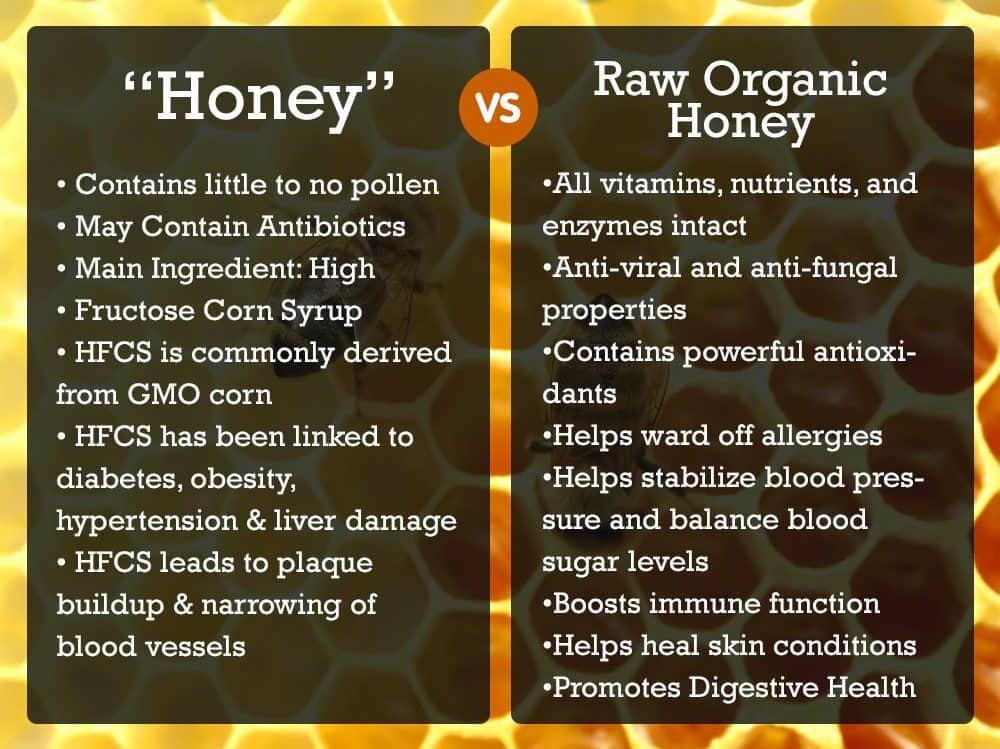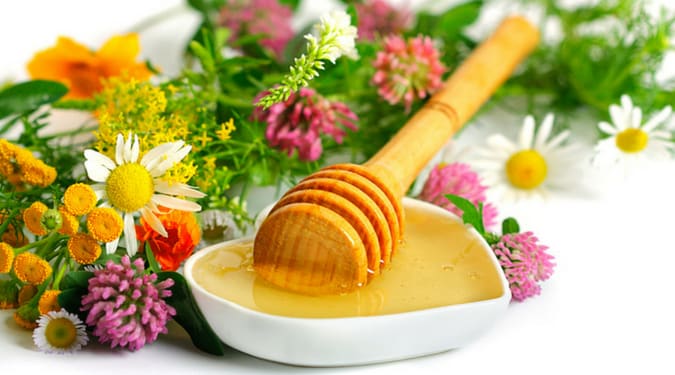Where to Buy Manuka Honey?
Manuka Honey
Certified as genuine Mānuka Honey, by the New Zealand Gov.
- MGO (Methylglyoxal) Activity rating. MGO displays antimicrobial properties and its level within Mānuka honey can be related to the killing of some bacteria.
- MGO is derived from DHA which is naturally present in the nectar of the Mānuka Bush.
Raw Manuka Honey
Manuka Doctor’s new premium quality and strength Mānuka Honeys (125 MGO, 225 MGO, 325 MGO, 425 MGO & 525 MGO) are for the customers who are looking for a stronger honey with high levels of antimicrobial activity.
Laboratory tests have shown that MGO displays antimicrobial properties and its level within Mānuka honey can be related to killing of some bacteria.
Honey vs. Raw Honey


Manuka Honey Benefits
1. Fights Oxidation
2. Boosts Immunity
3. Improves Heart Health
4. Improves Bone Health
5. Helps Prevent Diabetes
6. Helps Fight Cholesterol
7. Helps Wounds Heal
%
ENERGY
%
PRODUCTIVITY
%
FOCUS
%
MOOD
Special Offers

Shop direct with Manuka Doctor to save on your favourite products.

Raw Unfiltered & Unpasteurized Honey
Raw, cold extracted honey hasn’t been heat-treated and “purified”, so still contains its full complement of enzymes and antioxidants, and has antibacterial properties. Raw Honey is most effective in killing antibiotic-resistant infections, such as MRSA.
Raw Honey is the only honey, so far that is widely acknowledged to have proven medicinal effects.
Raw honey is increasingly used to treat hard-to-heal wounds. Several studies support the traditional use of honey as a cough soother. But like all sugars, honey should only be eaten in small amounts, which isn’t that hard, because its natural intensity makes it tough to overdo anyway.
What Rating Level Should I Buy?
The number on the front is a measurement of the amount of MGO in each pot. So for example Manuka Doctor 325 MGO, has 325mg per kg of MGO in the pot you’ve purchased.
There is no direct comparison between Bio Activity Rating and Methylglyoxal, but we would suggest you use the table below as a guide.
WHAT IS METHYLGLYOXAL (MGO) AND HOW IS IT MEASURED?
The number on the front of the pot represents the mg per kg of MGO (Methylglyoxal) and the related strength of Antimicrobial Activity, which is known to kill certain types of bacteria. The greater the number, the stronger the Antimicrobial Activity.
Mānuka honey is derived from bees that forage on the Mānuka bush (Leptospermum scoparium). The nectar from the Mānuka Bush is known to have significant levels of non-peroxide antimicrobial activity (NPA). This is what makes Mānuka honey a special honey.
There is a direct relationship between the NPA of Mānuka honey and the concentration of Methylglyoxal (MGO).
MGO in Mānuka honey is derived from dihydroxyacetone (DHA) which is naturally present in the nectar of the Mānuka Bush. Within the hive DHA undergoes the Maillard reaction to form MGO, a process which is driven by the higher temperatures found within bee hives.
WHAT’S SPECIAL ABOUT MGO MĀNUKA HONEY
Laboratory tests have shown that MGO displays antimicrobial properties and its level within Mānuka honey can be related to the killing of some bacteria.
The greater the number, the stronger the Antimicrobial Activity.
Mānuka honey containing high levels of MGO can reflect the local environment in which the honey was produced and the season.
Flavour and colour properties of Mānuka honey containing higher levels of MGO can be quite different to those containing lower levels.
WHAT IS ANTIMICROBIAL ACTIVITY AND WHY IS IT A GOOD THING?
An antimicrobial is an agent that kills microorganisms or stops their growth.
The primary difference between antibacterial and antimicrobial substances is the types of microorganism they act upon. While antibacterial products prevent the development of bacteria, Antimicrobial products have the ability to kill or slow the spread of microorganisms, which may include bacteria, parasites, or fungis.
CERTIFIED NEW ZEALAND MĀNUKA HONEY
Make sure it’s Tested and Certified New Zealand Mānuka Honey.
In December 2017, the New Zealand Ministry for Primary Industries (MPI) finalised a robust and sophisticated scientific definition that can be used to authenticate New Zealand Mānuka Honey.
The scientific definition for Mānuka Honey is essential to maintain New Zealand Mānuka Honey’s premium position and so giving Manuka Doctor customers the assurances needed to be confident that they are buying Authentic and Genuine New Zealand Mānuka Honey.
The MPI Mānuka Honey definition is made up of a combination of 5 attributes (4 chemicals from nectar and 1 DNA marker from Mānuka pollen) and splits Mānuka honey into a premium monofloral or an everyday multifloral Mānuka Honey. Our premium Monofloral Mānuka Honey has a higher concentration of Mānuka pollen
All Manuka Doctor’s Mānuka honey meets the MPI’s definition of Mānuka honey and has been Tested and Certified as New Zealand Mānuka Honey.
Manuka Doctor’s MGO 35, 45, 60 and 80 MGO has meet the MPI’s definition of Multifloral Mānuka Honey and Manuka Doctor MGO 125, 225, 325, 425 and 525 MGO meets the Monofloral definition.
FROM HIVE TO HOME
At Manuka Doctor the real honey experts are our bees who gather pollen from the Mānuka bush (Leptospermum Scoparium). We simply make sure our products find you the way nature intended. We currently employee 20 beekeepers over the North and South Islands of New Zealand. These beekeepers set up their hives in wild uncultivated areas in which Mānuka bushes grow and look after approaching 60,000 hives, keeping our 3 billion bees happy and working hard.
Manuka Doctor’s origins can be traced back to 1909, and as the day we were founded our honey products are unique and natural as the land they come from which is testament to our philosophy – nature’s best from New Zealand. Our own beekeepers place our tens of thousands of beehives all over New Zealand with the aim to collect high quality Mānuka Honey.
Bring the raw comb into our own factory to produce the consumer ready pots which can be traced from Hive to Home. Giving you the assurance you have purchased a genuine New Zealand Mānuka honey and from the pollution free New Zealand environment ensuring that every jar is honey as nature intended.
WHY SHOULD I ALWAYS BUY 100% NEW ZEALAND MĀNUKA HONEY?
Mānuka Honey is an expensive product and some less than honest honey companies have been known to mix expensive Manuka Honey with cheaper European honey.
Manuka Doctor is proud to be a New Zealand company whose hives and packing facility are in New Zealand and only sells 100% New Zealand Mānuka Honey, look for the ‘New Zealand Made’ logo on side of every Manuka Doctor pot .
HOW DOES MANUKA DOCTOR PROVE THEIR HONEY IS 100% NEW ZEALAND MĀNUKA HONEY?
It is almost impossible to import honey into New Zealand, which prevents New Zealand based honey packers mixing Manuka with cheap imported honey. We are very proud to be a New Zealand company whose hives and packing facility are all located in New Zealand.


